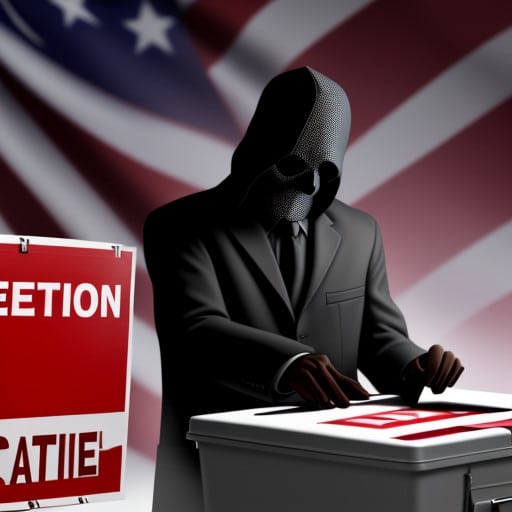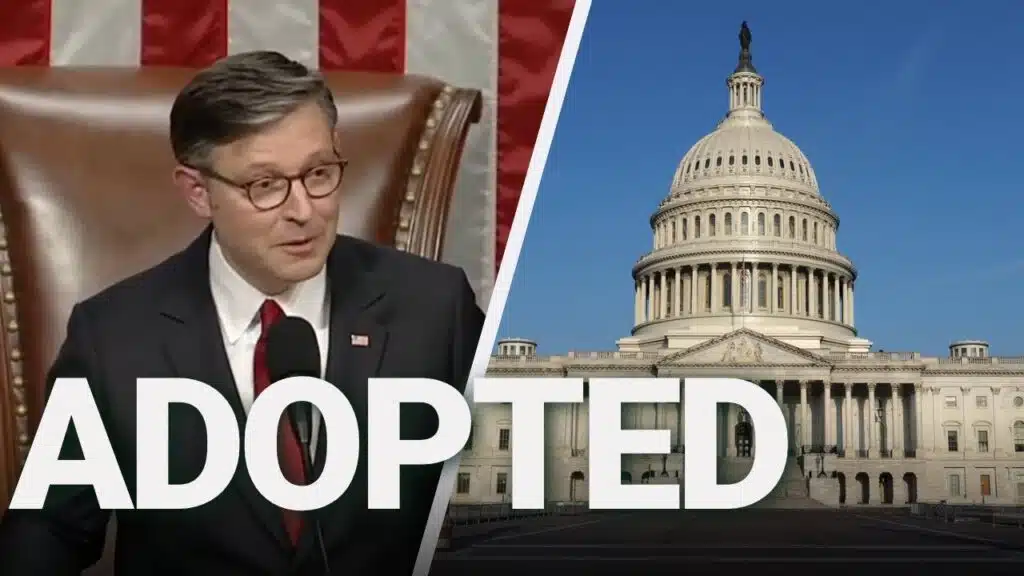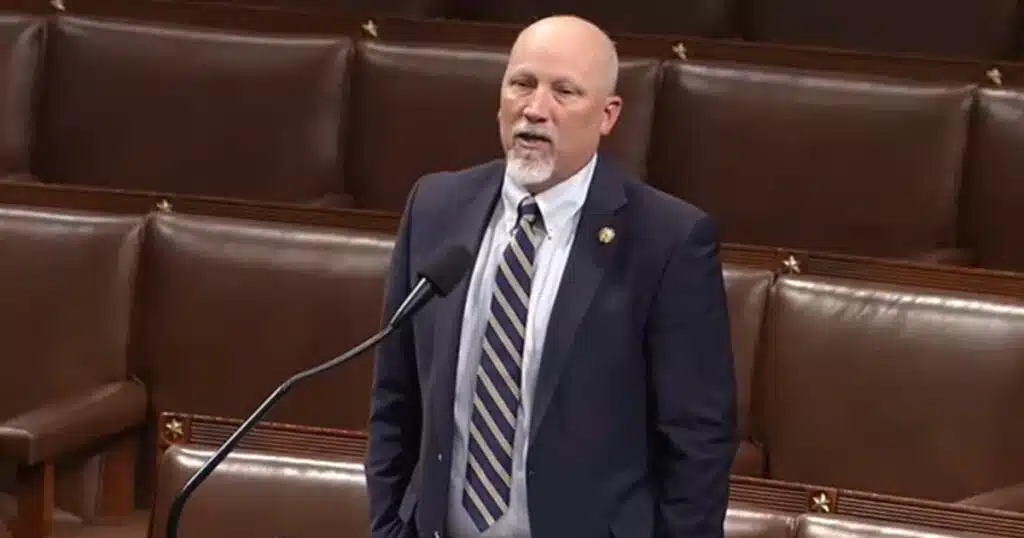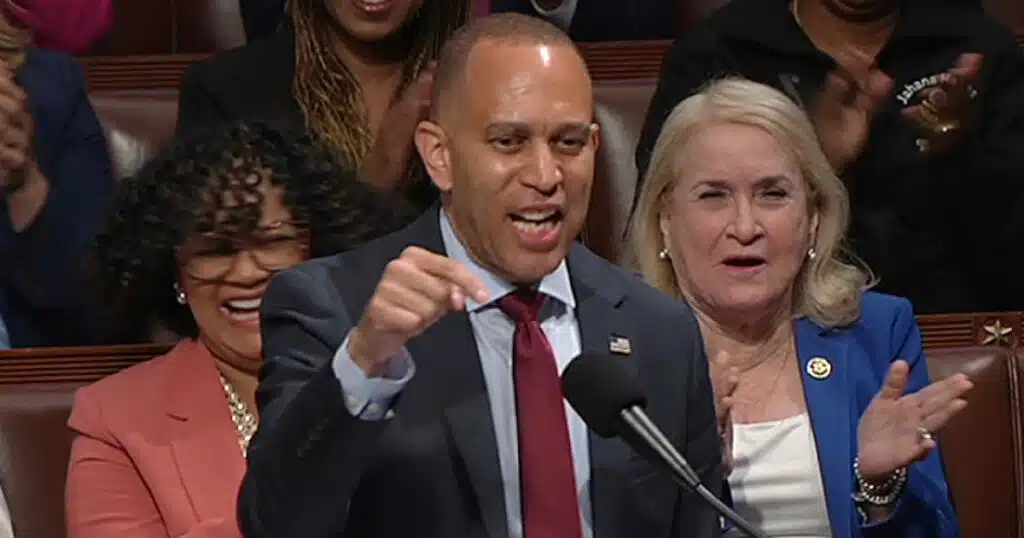
Why is Compelling Evidence in the 2020 Rigged Election Ignored?
2020 was the most secure election in American history.
For the past three years, we’ve heard woke leftists repeat this statement ad nauseam. Every assertion related to election fraud or rigging is flippantly referred to as “election denial” and dismissed contemptuously.
It really doesn’t matter how compelling the evidence is. The formula is well honed. Deny the assertion and launch an ad hominem attack on the source.
Despite videos capturing gloved zealots stuffing ballot drop boxes, GPS data that tracked the same people repeatedly traveling between Democrat headquarters and unattended ballot boxes, forensic evidence of EMS database erasures, testimony from people who witnessed voter fraud, and statistical anomalies that are impossible to explain, leftists respond the same way every time.
Deny.
Deny.
Deny.
John Lott, Jr., Ph.D
John Lott Jr. is an academic heavyweight with impeccable credentials. From Wikipedia:
“John Lott studied economics at UCLA, receiving his B.A. in 1980, M.A. in 1982, and Ph.D. in 1984. Lott has held positions in law and economics at several institutions, including the Yale Law School, the Hoover Institution, UCLA, the Wharton Business School, Texas A&M University, and Rice University. Lott was the chief economist at the United States Sentencing Commission (1988–1989). He spent five years at the University of Chicago, as a visiting professor from 1994 to 1995 and as a John M. Olin fellow from 1995 to 1999. Lott was a resident scholar at the American Enterprise Institute from 2001 to 2006. He left AEI for SUNY Binghamton. From July 2007 to 2010, Lott was a senior research scientist at the University of Maryland Foundation at the University of Maryland, College Park and lectured on law and economics.”
Peer Reviewed Study
Lott decided to study the 2020 election in a manner focused exclusively on counties where reports of alleged voter fraud were most prevalent. His process was based on the selection of precincts in counties without voting irregularities that bordered precincts in counties with unusual results. Lott contends that historically, the demographics in neighboring precincts in different counties are virtually identical and show strikingly similar voting patterns. Invisible lines that divide one side of a street from the other do not impact socioeconomics. Therefore, any unusual trends outside of historical norms in these precincts would show up in the study.
While Lott did find some voting irregularities that favored Biden, particularly in Fulton and Alleghany counties, they were inconsistent. As Lott points out, it is difficult to catch someone who fills out a mail-in ballot for someone else, especially when there are no controls in place to prevent the activity. As such, Lott concluded that while some degree of fraud occurred, it was not significant enough to affect the outcome of the election.
However, voter turnout data provided much stronger evidence of excess Biden votes in Arizona, Georgia, Michigan, Pennsylvania and Wisconsin. Again, a comparison of two identical precincts in neighboring counties should reveal similar numbers of absentee and mail-in ballots, especially if party affiliation is roughly equal. To determine if counties with alleged fraud had higher voter turnout rates, Lott compared the change in turnout between 2016 and 2020 in 10 swing states.
He uses a regression rate formula : (Turnout Rate in 2020- Turnout Rate in 2016) = ß1(Vote Fraud County Dummyi) + ß2(Vote Share in Republican Counties Trump Won)i + ß3(Vote Share in Democrat Counties Biden Won)I + ß3(Other Factors)I + + εI, where is the constant and ε is the error term. The null hypothesis is that ß1 = 0.
In his analysis, Lott found that counties with alleged voter fraud had between 146,000 to 334,000 excess votes, aggregated through a variety of means, including double voting, voting without registration, disqualified provisional ballots, absentee ballots without proper signatures and a much lower ballot rejection rate. While those excess vote numbers represent a minimum estimate, Lott concludes the actual number of fraudulent Biden votes could have been much higher.
To put those numbers in perspective, Trump lost Arizona, Georgia, Nevada, Pennsylvania and Wisconsin by a combined total of 159,065 votes. Just three of those battleground states would have put Trump over the 270 electoral vote threshold.
Why Has This Study Been Buried?
If you take the time to read through the entire study, you’ll see this is not some speculative partisan endeavor looking for evidence to support a predetermined conclusion. Instead, Lott relies on sophisticated formulas and exhaustive analysis to conclude there was enough observable fraud to change the outcome of the 2020 election. In fact, the study was peer reviewed in the economics journal Public Choice, and to date, besides attacking John Lott personally, there has not been any credible challenge to his data and conclusions. Despite the leftist media’s uniformity in discrediting and suppressing any attempt to examine the 2020 election forensically, studies like Lott’s, which has been in the public domain since May 2022, provide compelling evidence that deserves public attention. Until the 2020 election is fully examined and exposed to the cleansing effect of sunlight so reforms can be implemented to ensure future elections are fair and honest, disbelief in the outcome of the 2020 election will continue.



